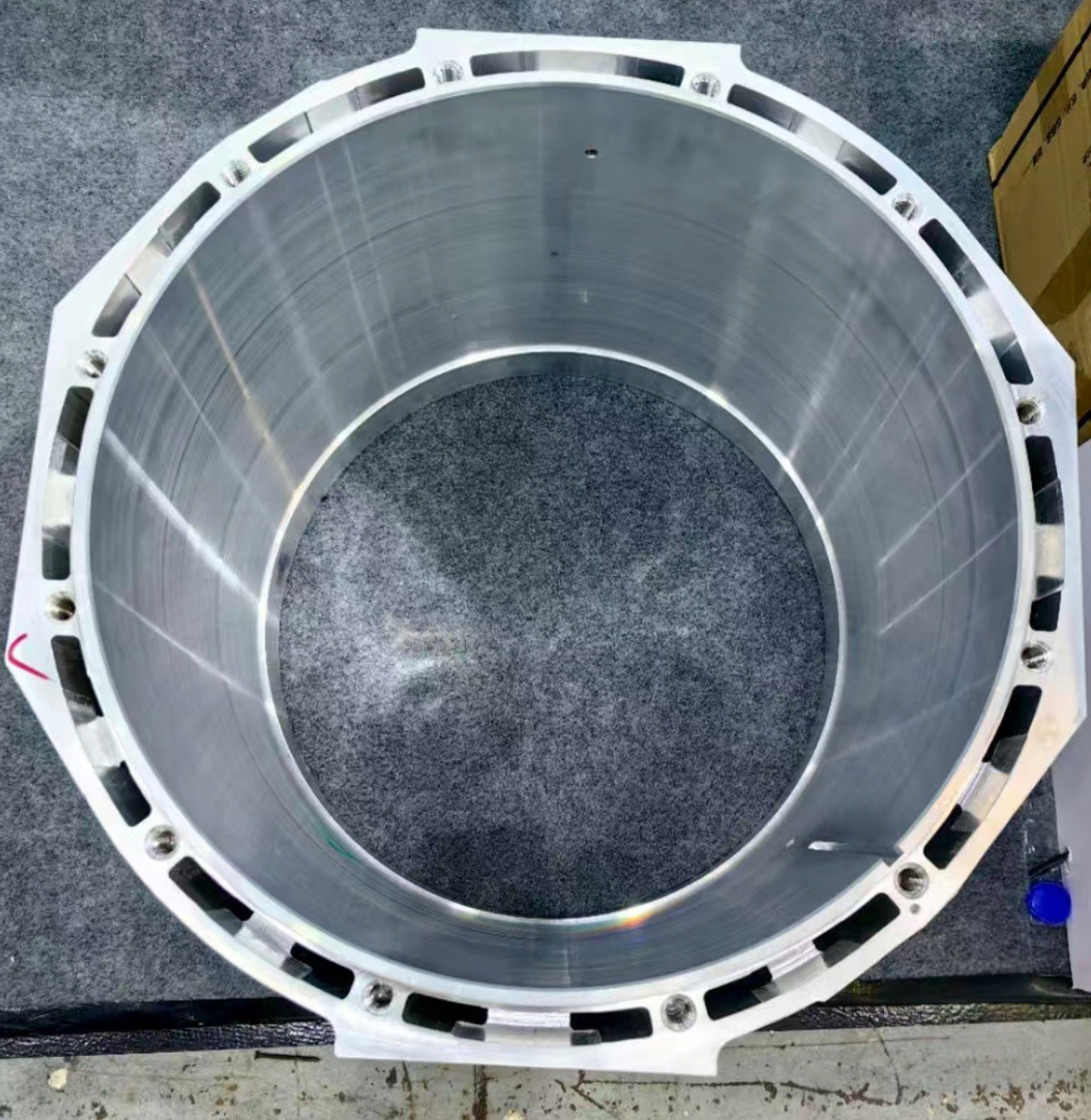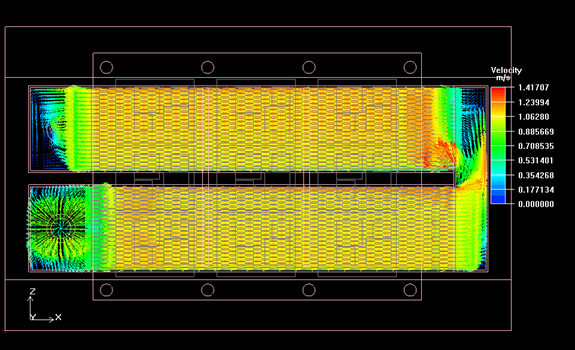Introduction
Heat pipe heat sinks are widely used in various industries to manage and dissipate heat in electronic devices, power systems, and other applications. These heat sinks offer many advantages, including high thermal conductivity, efficient heat transfer, and compact design. However, like any technology, there are limitations to consider. In this blog post, we will explore the limits of heat pipe radiator, such as their operating temperature ranges and environmental conditions, to comprehensively understand their applications.

Operating Temperature Ranges
Heat pipe heat sinks are designed to efficiently transfer heat from a heat source to a heat sink, thus reducing the device’s or system’s temperature. However, they have certain limitations when it comes to operating temperature ranges.
High-Temperature Limitations
The maximum operating temperature of a heat pipe heat sink depends on the working fluid and the material used to make the heat pipe. Most heat pipes can withstand temperatures up to 250-300 degrees Celsius, making them suitable for many applications. However, if the operating temperature exceeds these limits, the working fluid inside the heat pipe may evaporate, causing a loss of thermal performance.
To overcome this limitation, manufacturers have developed high-temperature heat pipes that can withstand temperatures up to 500 degrees Celsius. These heat pipes use unique materials, such as ceramic or refractory metals, to withstand extreme temperatures without degradation. They find applications in aerospace, power generation, and high-temperature manufacturing processes.
Low-Temperature Limitations
On the other end of the spectrum, heat pipe heat sinks also have a lower temperature limit. Most heat pipes require a minimum temperature difference, known as the temperature gradient, between the heat source and the heat sink to operate efficiently. This minimum temperature difference is typically in the range of 20-30 degrees Celsius.
Below this temperature difference, the working fluid inside the heat pipe may not vaporize sufficiently, resulting in reduced heat transfer efficiency. In some cases, the heat pipe may even stop working altogether. Therefore, heat pipe heat sinks may not be suitable for applications with too low-temperature differences, such as cooling extremely low-power electronic devices or operating in cryogenic environments.
Environmental Conditions
Apart from temperature limitations, heat pipe heat sinks are also subject to specific environmental conditions that can affect their performance. Let’s explore some of these conditions in detail.
Vibrations and Mechanical Stress
Heat pipes are filled with a working fluid sensitive to vibrations and mechanical stress. Excessive vibrations can cause the working fluid to oscillate or slosh inside the heat pipe, affecting its thermal performance. Similarly, mechanical stress can cause structural deformation or rupture in the heat pipe, leading to a loss of functionality.
To mitigate these issues, heat pipe heat sinks can be designed with features such as baffles or wicks inside the heat pipe to dampen the effect of vibrations. Additionally, using materials with high mechanical strength can ensure the heat pipe can withstand external forces without deformation or failure.
Orientation and Gravity
Heat pipe heat sinks are also sensitive to the orientation and gravitational forces acting on them. The working fluid inside the heat pipe relies on gravity to return from the condenser to the evaporator section. If the heat pipe is not oriented correctly or subjected to high gravitational forces, the working fluid may accumulate in one area, causing uneven heat distribution and reduced thermal performance.
To overcome these limitations, manufacturers use various techniques, such as grooves or wicks inside the heat pipe, to facilitate capillary action, allowing the working fluid to wick back to the evaporator against the force of gravity. This ensures the heat pipe can operate efficiently in any orientation and gravitational environment.
Other Considerations
Apart from temperature ranges and environmental conditions, there are a few other considerations to consider when using heat pipe heat sinks.
Size and Weight
Heat pipe heat sinks offer excellent thermal performance in a compact design. However, they do add some size and weight to the overall system. When integrating heat pipe heat falls into your design, it is essential to consider your application’s available space and weight limitations.
Manufacturers can provide customized heat pipe radiator tailored to specific applications, ensuring minimal space utilization and weight. By incorporating heat pipe radiator early in the design phase, you can optimize the size and weight of your system while enjoying the benefits of efficient heat transfer.
Cost
Heat pipe heat sinks can be more expensive than traditional heat sinks due to their advanced design and manufacturing processes. However, they also offer significant thermal performance and reliability advantages. When evaluating the cost of heat pipe radiators, it is essential to consider their overall benefits. These benefits include improved system efficiency, reduced energy consumption, and extended component lifespan.
Manufacturers of heat pipe heat sinks can work closely with customers to optimize the cost and performance trade-offs based on specific requirements. They can recommend alternative materials, manufacturing processes, or design tweaks to help achieve the desired balance between cost and performance.
Conclusion
Heat pipe heat sinks are versatile thermal management solutions that offer efficient heat transfer and compact design. However, they do have limitations when it comes to operating temperature ranges and environmental conditions. Understanding these limitations is crucial for effectively designing and implementing heat pipe radiator.
You can ensure that heat pipe heat sinks are used optimally in your applications by considering factors such as high-temperature limitations, vibrations, mechanical stress, orientation, and gravity. Additionally, considering other considerations such as size, weight, and cost can help balance performance and practicality.
Suppose you are looking for a professional and reliable customized heat pipe heat sink manufacturer or need professionally designed thermal solutions. In that case, it is essential to partner with experts in the field. They can provide valuable insights, guidance, and support to help you make informed decisions and effectively meet your thermal management requirements.



